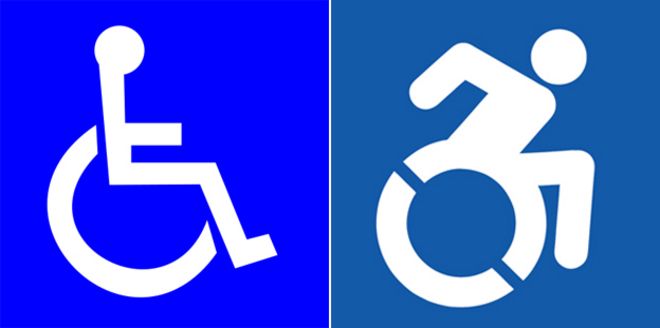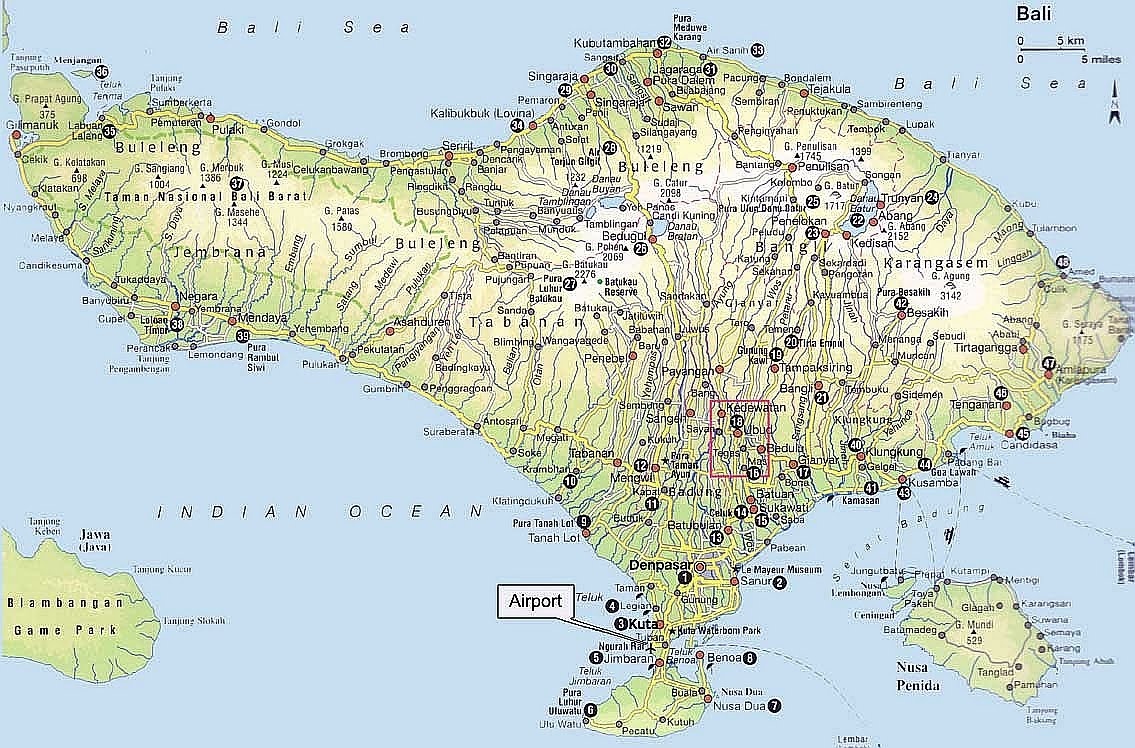By Carolyn Butler
Of all the relationships in my life, by far the most on-again, off-again has been with coffee: From that initial, tentative dalliance in college to a serious commitment during my first real reporting job to breaking up altogether when I got pregnant, only to fail miserably at quitting my daily latte the second time I was expecting. More recently the relationship has turned into full-blown obsession and, ironically, I often fall asleep at night dreaming of the delicious, satisfying cup of joe that awaits, come morning.
While I love the mere ritual of drinking coffee, I have definitely come to rely on the caffeine to make me feel more alert, energetic and often just plain better, every single day. And yet because I don't like feeling dependent on anything, I occasionally wonder whether I should give it up for good, especially when I have a particularly jittery afternoon. Can something that tastes and feels this good not be bad for you?
Rest assured: Not only has current research shown that moderate coffee consumption isn't likely to hurt you, it may actually have significant health benefits. "Coffee is generally associated with a less health-conscious lifestyle -- people who don't sleep much, drink coffee, smoke, drink alcohol," explains Rob van Dam, an assistant professor in the departments of nutrition and epidemiology at the Harvard School of Public Health. He points out that early studies failed to account for such issues and thus found a link between drinking coffee and such conditions as heart disease and cancer, a link that has contributed to java's lingering bad rep. "But as more studies have been conducted -- larger and better studies that controlled for healthy lifestyle issues -- the totality of efforts suggests that coffee is a good beverage choice."
Van Dam's research, for example, found no evidence that coffee consumption had any effect on mortality from any cause, including cardiovascular disease or cancer, even for people who drink up to six cups a day. He and his colleagues have also found that drinking coffee is associated with a reduced risk of liver disease and Type 2 diabetes. The latter is backed up by a study published this month in the Archives of Internal Medicine; it suggested that three to four cups of joe a day might reduce chances of developing Type 2 diabetes by roughly 25 percent.
And that's not all. Also this month, Harvard researchers unveiled new data suggesting that drinking coffee might lower men's chances of developing aggressive prostate cancer by up to 60 percent, with the highest benefits for those who down the most java.
Other studies have shown that coffee consumption reduces the risk of a laundry list of ailments: stroke, Alzheimer's, dementia, Parkinson's, endometrial cancer, colon cancer and gallstones, for starters.
"The evidence is pretty clear," says Daniel Burnett, a preventive medicine and family physician in Bethesda, who notes that coffee intake can also improve mental performance and mood, decrease depressive symptoms and increase endurance and aerobic performance.
While caffeine is the star ingredient for sleep-deprived students, parents and worker bees, the fact is that in many of these studies, including the research on diabetes and prostate cancer, positive effects are similar for those who drink decaf as well.
"Most of the benefits associated with coffee are not attributed to caffeine," says van Dam, who explains that the beverage also contains antioxidants and quite a few vitamins and minerals. "We tend to focus on coffee as just a vehicle for caffeine, . . . but now we look in more detail, without bias, and see it also has hundreds of compounds that might have beneficial effects, similar to things we see in some vegetables, which makes all the [study results] seem more plausible."
Which is not to say the bean has no downside. Doctors cite risks such as miscarriage, fertility problems, anxiety and sleep issues, and warn that pregnant women and those with blood pressure problems, especially, should cut back or avoid it.
Others are more concerned about the potential for addiction. "My personal opinion on caffeine is that it's the most widely used psychoactive drug in world," says Daniel Evatt, a research fellow in the department of psychiatry at the Johns Hopkins University School of Medicine. He notes that many people become tolerant to immediate perks such as alertness and increased energy, and then go through withdrawal, with headaches, low energy and other symptoms, when they try to quit.
In addition, Evatt suggests that some longtime coffee drinkers may actually be immune to benefits and not know it: The tiredness they feel in the morning is really withdrawal-related, he says, and that single or double shot just helps them get back to normal functioning, without providing a real boost. "All these things tell us that this is a substance that people can become dependent on, in the way they become dependent on other drugs."
In particular, researchers worry about children and teenagers who gulp down coffee and such high-calorie cousins as frappuccinos, soda and especially the new wave of energy drinks. "They already have enough ups and downs with emotions as it is; when you add caffeine into the mix, it's a problem -- their bodies aren't as equipped to handle it," says Evatt, who expresses concern that energy drinks are regulated as supplements instead of soft drinks. As a result, there is no limit on how much caffeine they can contain, nor are they required to list stimulant content on their labels, even though it can be 300 milligrams or more in an eight-ounce can, compared with 80 to 100 mg or so in a cup of brewed coffee.
Given some of the downsides of caffeine, even coffee enthusiasts in the research field suggest that people monitor their consumption and recognize how they react to the stimulant, looking for troublesome signs including jitteriness, tremors and difficulty sleeping. (This is particularly important because studies have shown that different people metabolize caffeine in vastly different ways; that's why a Coke or cappuccino can leave one person bouncing off the walls while another can nap straight away.)
But those of us who tolerate our daily brew well can continue to happily caffeinate, within reason. "In terms of health risks, up to around six cups a day or so seems to be fine," says van Dam, noting that "cup" generally means eight to 10 ounces of black coffee -- not a venti mochaccino or the like, with added caffeine, sugar and calories. "I think coffee is on par with tea and water, and can be a healthy choice for most people."







